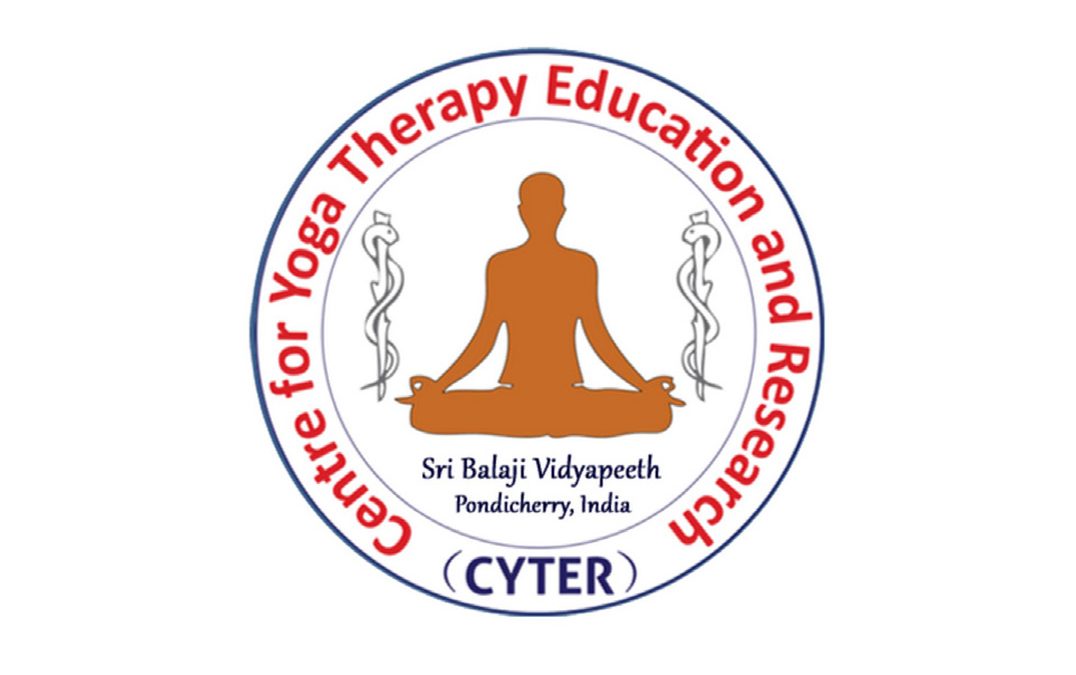The Indian Yoga Association (IYA), Uttar Pradesh Chapter, played a significant role in the Women Empowerment Seminar organized by the Institute Innovation Council (IIC) at SD College of Commerce. The event was a resounding success, bringing together experts and dignitaries to discuss critical issues surrounding…
From the Annals of Yoga Research
Research is extremely important to support different approaches to health care and Yoga has been gaining lot of attention as Yoga Institutes, reseachers, scholars have started offering substantive clinical research evidence. In this issue Indian Yoga Association brings to you the Research Papers published by our Member Institutes and other Institutes or individuals on Surya Namaskar. Surya Namaskar or Sun Salutation, a sequence of 12 yoga poses, is practice to express gratitude to the sun. It is said to have a positive impact on the body and mind.
Centre for Yoga Therapy Education and Research (CYTER)
Title: Immediate effects of suryanamaskar on reaction time and heart rate in female volunteers
Authors: Ananda Balayogi Bhavanani, Meena Ramanathan, R Balaji, D Pushpa
Published in: Indian Journal of Physiology and Pharmacology
Published on: Apr-Jun 2013
Suryanamaskar (SN), a yogic technique is composed of dynamic muscular movements synchronised with deep rhythmic breathing. As it may have influence on CNS, this study planned to investigate immediate effects of SN on reaction time (RT) and heart rate (HR). 21 female volunteers attending yoga classes were recruited for study group and 19 female volunteers not participating in yoga were recruited as external-controls. HR, auditory reaction time (ART) and visual reaction time (VRT) were recorded before and after three rounds of SN in study group as well as 5 minutes of quiet sitting in both groups. Performance of SN produced immediate decrease in both VRT and ART (P<0.001). This was significant when compared to self-control period (P<0.001) and compared to external control group, it decreased significantly in ART (p=0.02). This was pronounced when .% was compared between groups (P<0.001). HR increased significantly following SN compared with both self-control (p=0.025) and external-control group (p=0.032). Faster reactivity may be due to intermediate level of arousal by conscious synchronisation of dynamic movements with breathing. Rise in HR is attributed to sympathetic arousal and muscular exertion. We suggest that SN may be used as an effective training means to improve neuro-muscular abilities.
















